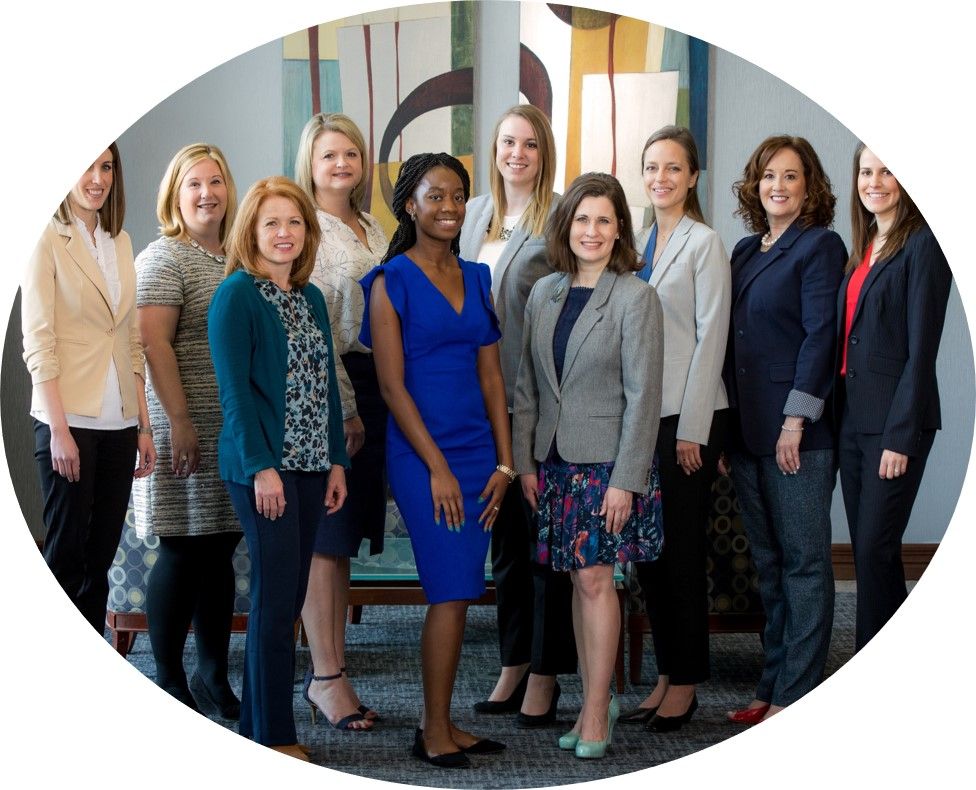Children naturally have a generous heart to help a friend or be concerned when someone is hurting. We hope those future young adults will continue to flex their empathy and compassion muscles, perhaps even with tangible stewardship of time and treasure. An added benefit is adding money topics into everyday conversation with children. Sara Gelsheimer, Senior Wealth Manager and parent, shares more here about breaking down the money taboo with your children.
How can parents, grandparents and mentors continue to nurture generosity? We at Plancorp wanted to share a few suggestions from our families and ideas from one of our favorite books, Raising Charitable Children, by local St. Louis author Carol Weigman.
Evolving from Invisible to Visible: Whether we're conscious of it or not, we all have a philosophy of giving.
Conversations
Be purposeful and talk openly about causes that you support when little ones are listening. Tax time is when we tend to gather all the charitable contributions - an ideal time to reflect as a family on last year's giving and this year's giving goals. Sharing why you are inspired by a nonprofit's mission can shed light on an unseen need and spark deeper conversations.
Connection
Building a bridge. Think about connecting a child's personal interest to an organization. An animal-lover might crave to know more about helping the local zoo. During a visit, you can share how this is possible because of donation.
Perhaps a child comments on how a friend at school had a tattered backpack. Together you can talk about how it's hard for some families to buy new things (or even that the friend might love that backpack to literal pieces!), then perhaps research a local program to donate new school supplies too.
Actions
Lead by example, with actions big and small. Exploring the website of your favorite charity can be a conversation starter with brilliant photos, the mission statement and all the ways the organization needs help. Take it a step further by building out a shipping list based on supplies they need to carry out their mission.
Piggyback on Programs
If the child is responsible enough to handle it, consider having them join a workplace team or civic group volunteer event. Perhaps you can suggest an adult-child friendly activity in packing up collected donations or volunteering at a Saturday event.
Emphasized Empathy
Recognize a generous spirit. Praise a child when you witness sharing or selflessness. Highlight how you find it wonderful when a child shares a compassionate perspective - in a real-life experience or character in a book or movie. Everyone responds to positive feedback! Even cheerfully helping a sibling pick up their room is recognition worthy.
Charity Begins at Home: It doesn't take much to show kids how giving can feel.
Parents, grandparents and other mentors can intentionally make generosity a bigger part of their every day togetherness.
Money with Training Wheels
Children learn by doing - peeling carrots, watering plants, folding towels are great "starter' every day household activities. Allowances and earning money with chores or helping a neighbor are typical first experiences handling money. The 3-jar idea has been around for a long time - Save, Spend and Give.
Story Time Conversations
Children love nothing more than someone to read a story, and many of those tales have lessons about life. Whether part of a plot or not, a short pause to talk about the characters or picture can weave in ideas about empathy.
New Traditions
My mother created a new holiday tradition with her 7 grandchildren, mostly teens and adults. A few months before the big family gathering, she sends each grandchild a $100 with a message, "For anything, for anyone, other than yourself."
With a clean kitchen and full tummies, each grandchild shares their story with us about how they picked their recipient of their combined generosity. Many times, the money or donated items was delivered personally to receive a gift in return of heart-warming gratitude.
Buy Two, Give One
Routine shopping can become routine giving occasion. Even local organizations have a Wish List on their website. Perhaps when shopping for back-to-school supplies, new shoes, or pet treats, a giving routine can be doubling the purchase to drop off one to help someone else - with two feet or four paws. Many schools now keep a pantry with deodorant, feminine hygiene supplies, toothbrushes, and toothpaste, etc. that provide the basics many of us take for granted.
One Hit Wonders or a Tradition
Communities and nonprofits tend to have annual day-long events - a fundraising walk or gala, free holiday meal, a park or riverside clean up, etc. Perhaps looking at an events calendar can bring together families to volunteer together, with a special recharging treat afterwards. Something might just become an annual tradition in the making or an opportunity to help more regularly in the future.
More Can be Better
Bring people together for a common cause. With family or friends, combining your time or your treasure can be great fun! Young friends can spend the day together volunteering with a mentor or organize a bake sale on the driveway for a cause important to them. Call ahead to an organization to learn what "pre-fab" opportunities are all ready, you just need to bring the crew.
What made you want to cry this year and what made you want to dance with joy?
Carol provides guidelines for families to have a purposeful meeting, what she refers to as a Joy and Sadness meeting: Generations of the family, even if not living close to each, can brainstorm each year a purposeful gift in which everyone pitches in.
Branden's Family
Branden was always the first person to give a hug or crack the tension with a joke. He was excelling at a career in public service and dreaming with his fiancé about their future and family. Tragically, his life ended too early - and those dreams disappeared. Each year the extended family and their friends honor Branden's memory with a memorial walk to raise money for a cause that Branden loved as a child, and then supported as an adult. Afterwards, they all eat at his favorite restaurant sharing their best stories about him.
Think and Act Locally & Globally
Reactions to Relevance
Tapping into the news. Giving should be a routine habit, but some disasters or local need can pop up quickly. A hurricane in the states or a struggle overseas is likely already playing out on the TV at home. A conversation can turn to what the people might need and how to help. While donating online to a national response nonprofit may be quick, the experience of talking about doing it together will last - and a young person can reflect on how their family is helping when seeing the story play out again.
Resist the Resistance
We are creatures of habit and resist new ideas, especially those that put us in unfamiliar environments. Consider making the parent-child or family volunteer activity just part of your routine, similar to everyone helping with garage clean-out or leaf raking. Keep looking for signs of engagement to know what might be a repeat, or event ask for input for the next volunteer gig.
Create Your New Traditions
We hope these ideas and quotes from Carol have you thinking about ways you are already building a legacy of giving and perhaps even more traditions you'll start in the New Year. We'd also like to give you a gift! Reach out to your Plancorp Wealth Manager for your complimentary copy of this special book, Raising Charitable Children. This piece was written by Cherie Stueve.









